Box Cars on Rail Road Track. That is the notation written on the side of the census sheet. The railroad box cars were on the tracks at Willshire and were the abode of 33 men in May of 1910. Willshire had a train depot years ago and these men were enumerated in the village, enumerated as residing in box cars on the railroad track.
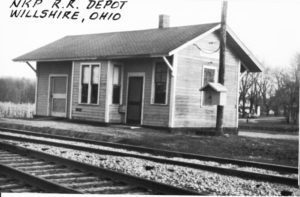
Willshire’s Nickel Plate Depot, unknown date.
A few weeks ago I was looking through the 1910 U.S. Census for the village of Willshire, looking for a name that perhaps Ancestry.com had indexed differently than the name I was searching for. Names are indexed as they appear to have been spelled in a document and sometimes the indexed name is much different than the actual name. So I looked through all 29 on-line images of Willshire in the 1910 census, looking line by line. I did not find the person I was looking for but I did find something rather interesting on the next-to-last page.
The enumerations on that page look unusual, like those enumerated in a boarding house. I noticed right off that most of the surnames were not common to this area. Not at all! Most of the names were Greek and most of the men were from Greece.
Then I noticed what was written on the side of the page: Box Cars on Rail Road Track. That, and the fact that railroad labor was the occupation of the majority of the men, explained a lot. Since one man’s specialty was bridge construction, I put two and two together and suspect that they were building or repairing the railroad bridge that crosses the St. Marys River east of town.
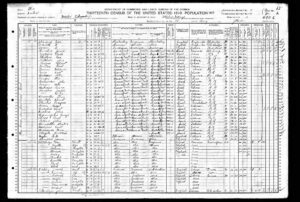
1910 U.S. Census, Willshire, Ohio.
Census enumerators began canvassing the nation on 15 April 1910. The law gave census takers 2 weeks to complete their work in cities of 5,000 inhabitants or more but enumerators in smaller and rural areas were allotted 30 days to complete their task.
J.T. Cully began taking the census in Willshire on 15 April 1910 and continued the task in the village and Willshire Township during April, finishing about the middle of May. The men in the railroad cars were enumerated 25 May 1910, enumerated beyond the 30 days allotted in the instructions.
Were these workers actually supposed to be enumerated in Willshire? More from the 1910 Census instructions:
People were to be enumerated at their usual place of abode. The place where they live or belong. Their home, where they regularly sleep.
Under the heading, WHO ARE TO BE ENUMERATED IN YOUR DISTRICT
No. 44: This is the most important and difficult matter you will have to determine. Therefore, study with special care the following rules and instructions…
No. 56: Construction camps: member of railroad, canal, or other construction camps…or other places which have shifting populations, composed of person with no fixed places of abode, should be enumerated where found, except in so far as certain members of such camps may have some other usual place of abode where they are likely to be returned for enumeration or the camp itself may already have been enumerated in some other district.
No. 62: Persons engaged in railway service or traveling-Railroad men, canal men, expressmen, railway mail clerks, sailors on merchant hips, traveling salesmen, and the like, usually have homes to which they return at intervals and which constitute their usual place of abode within the meaning of the census act. Therefore, any such persons who may be in your district temporarily on April 15, 1910, are not to be enumerated by you unless they claim to have no other regular place of abode within the United States. But if their homes are in your district, they should be enumerated there, even though absent on April 15, 1910…
Well, that is about as clear as mud! I am sure Cully stewed about whether to enumerate the men or not. I suspect that the workers had been in the Willshire area for some time when Cully decided to enumerate them. But, since a number of the men were married, they likely had other homes. Who lives in a box car permanently? This is undoubtedly how some people were enumerated more than once in a census. Or perhaps the men came to the U.S. for employment and their wives were still living in Greece. So many possibilities and very interesting at the same time.
Of the 33 men living in the railroad cars, 5 were born in the U.S., 28 were born in Greece and they spoke only Greek. The occupation of most was railroad laborer. Most (21) were single, 11 were married, and 1 was widowed, Cully indicated that these Greeks immigrated in the early 1800s, which obviously was an error. He most likely meant the early 1900s, and most of the men immigrated about 1908-1909.
I transcribed the names as they are indexed on Ancestry.com. Their names may actually be spelled quite differently. Names may have been misspelled by the enumerator and/or transcribed incorrectly. These surnames were likely very unusual in this area and very difficult to spell. No dwelling or family number was given to the railroad cars.
The railroad workers enumerated in Willshire in 1910:
Eph McIntosh, 50, single, born in Kentucky, RR bridge carpenter
W Musich, 26, single, Kansas, RR bridge carpenter
A Duren, 40, single, Indiana, RR laborer
James Haerchis, 20, single, Greece, foreman of “RR Gang”
Nick Kaptolis, 40, married 22 years, Greece, RR laborer
Geo Flachas, 21, single, Greece, RR laborer
John Mitchels, 19, single, Greece, RR laborer
Christ Pawpas, 21, single, Greece, RR laborer
Gust Sentros, 24, married, Greece, RR laborer
William Sentros, 22, single, Greece, RR laborer
Gust Louios, 20, single, Greece, RR laborer
Peter Clulomis, 29, single, Greece, steam shovel engineer
Steve Grisofes, 25, single, Greece, RR laborer
John Karvalona, 30, married 7 years, Greece, RR laborer
Seer Sarifus, 18, single, RR laborer
Banm Glaceros, 32, widowed, was married 9 years, Greece, RR laborer
Joseph Harchar, 19, single, Greece, RR laborer
Sam Harchar, 24, single, Greece, RR laborer
Tim Kurcurtas, 40, married 10 years, Greece, RR laborer
Christ Spostots, 20, single, Greece, RR laborer
Donifon Striotes, 19, single, Greece, RR roustabout
George Buras, 25, married 1 year, Greece, RR laborer
Gust Kiaculas, 19, single, Greece, RR laborer
John Kuchis, 30, married 10 years, Greece, RR laborer
George Kapsampus, 18, single, Greece, RR laborer
Paul Livas, 21, single, Greece, RR laborer
John Pichas, 40, married 12 years, Greece, RR laborer
Stratos Chrisanths, 40, married 12 years, Greece, RR laborer
Gust Macaris, 38, married 15 years, Greece, RR laborer
Tom Kiriayes, 40, married 10 years, Greece, RR laborer
Andrew Pilafis, 42, married 17 years, mother born in Greece, RR laborer
E.D. Myers, 25, single, Illinois, RR laborer
James Campbell, 20, single, Indiana, RR laborer
James Haerchis was the foreman of the “railroad gang.” The census indicates he immigrated in 1806, which could not be accurate. The date is probably actually 1906. Cully was was just off a century. Haerchis had been in the country the longest so it makes sense that he was the foreman. Although his language is listed as Greek, I wonder if he also spoke some English and was a translator. Haerchis also had his immigration papers while the other Greeks were classified as aliens.
Donifon Striotis’s occupation was “roustabout.” A roustabout was a worker with broad-based, non-specific skills; one who handled materials for construction.
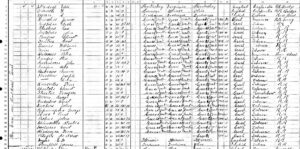
Railroad workers, 1910 U.S. Census, Willshire, Ohio.
This census page brings up additional questions: When was the bridge over the St. Marys River built? How long did the construction take and how long were these men residing in the railroad cars?
Could this old bridge over the St. Marys Rive be the same bridge the men constructed?
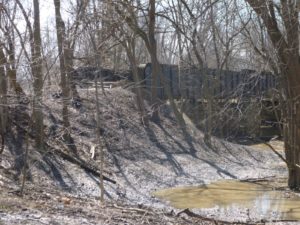
Railroad bridge crossing St. Marys River, Willshire, Ohio, 2019.
An interesting piece of Willshire history.
Source: 1910 U.S. Census, Willshire, Van Wert, Ohio, ED 114, p.15A, no dwelling/family, lines 1-33, various names; digital image, Ancestry.com, viewed 26 Jan 2022.
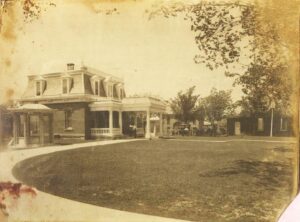
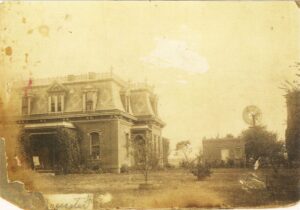
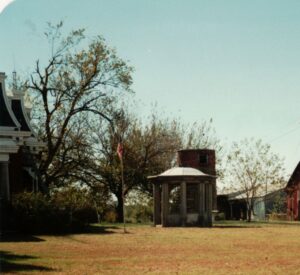
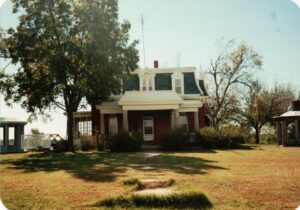
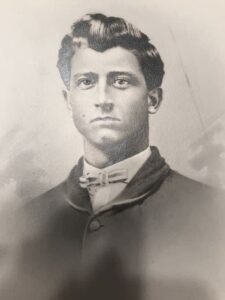
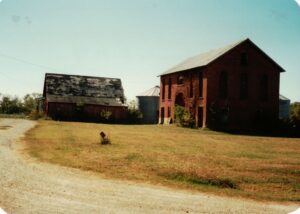
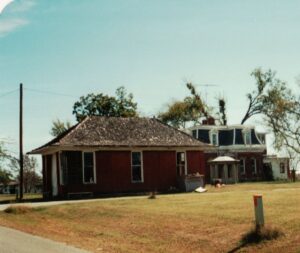
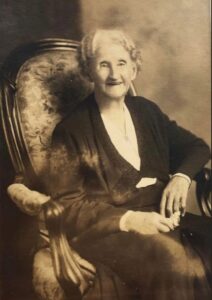
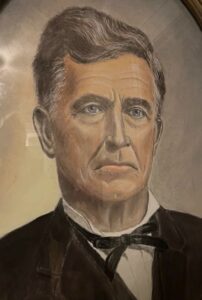
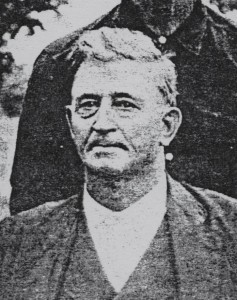

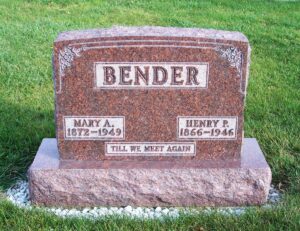
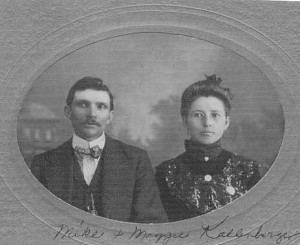
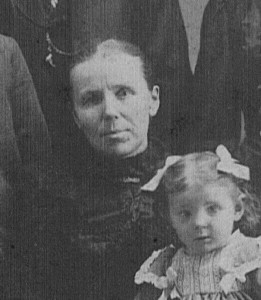
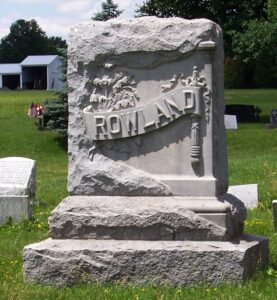
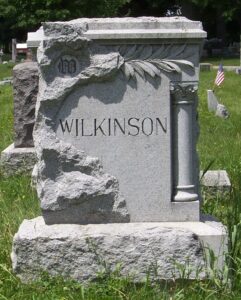

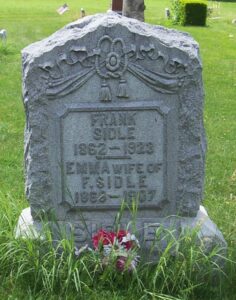
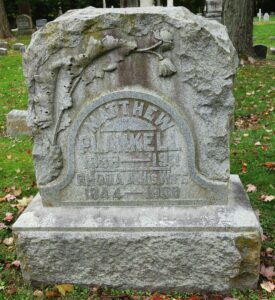




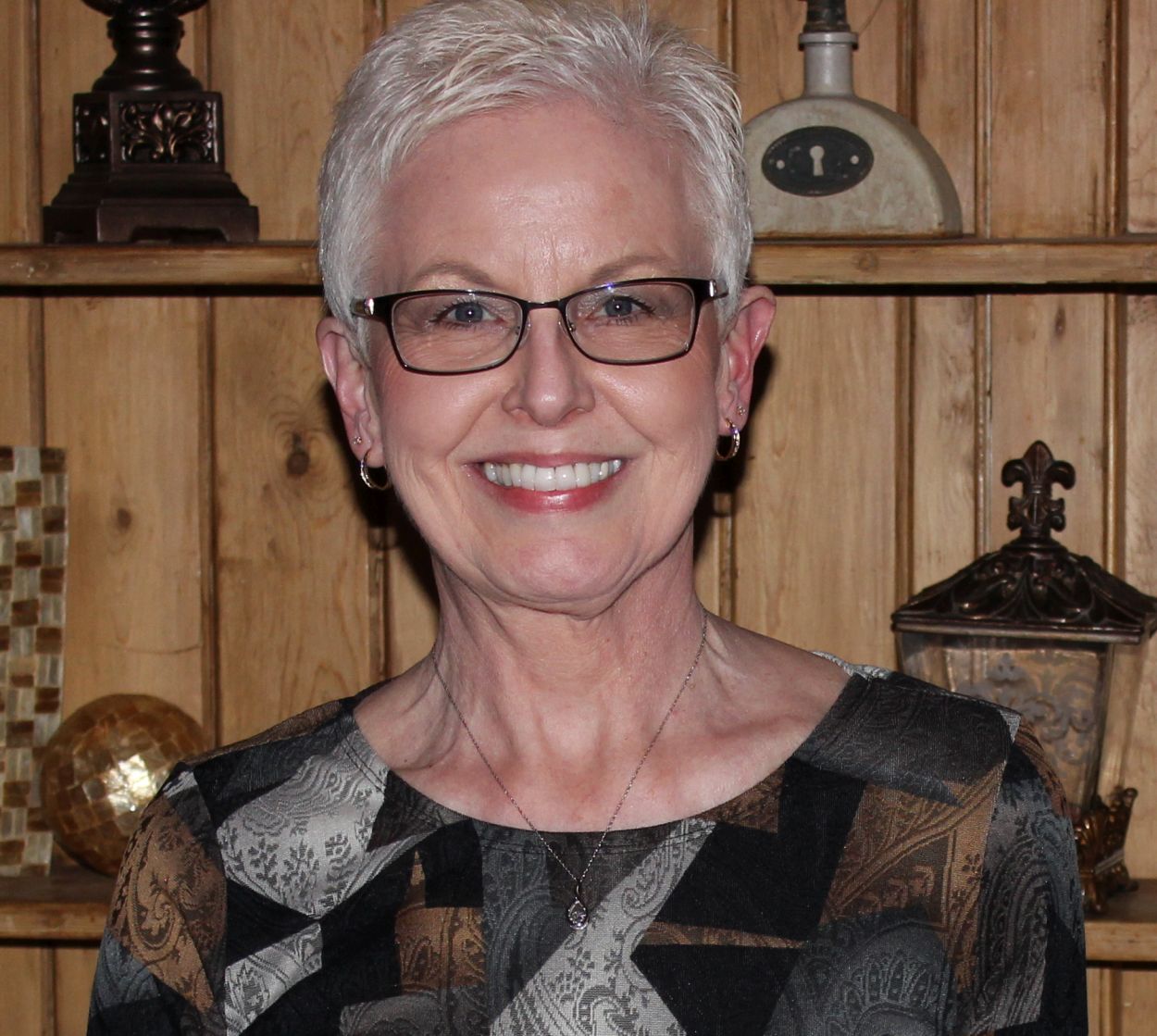
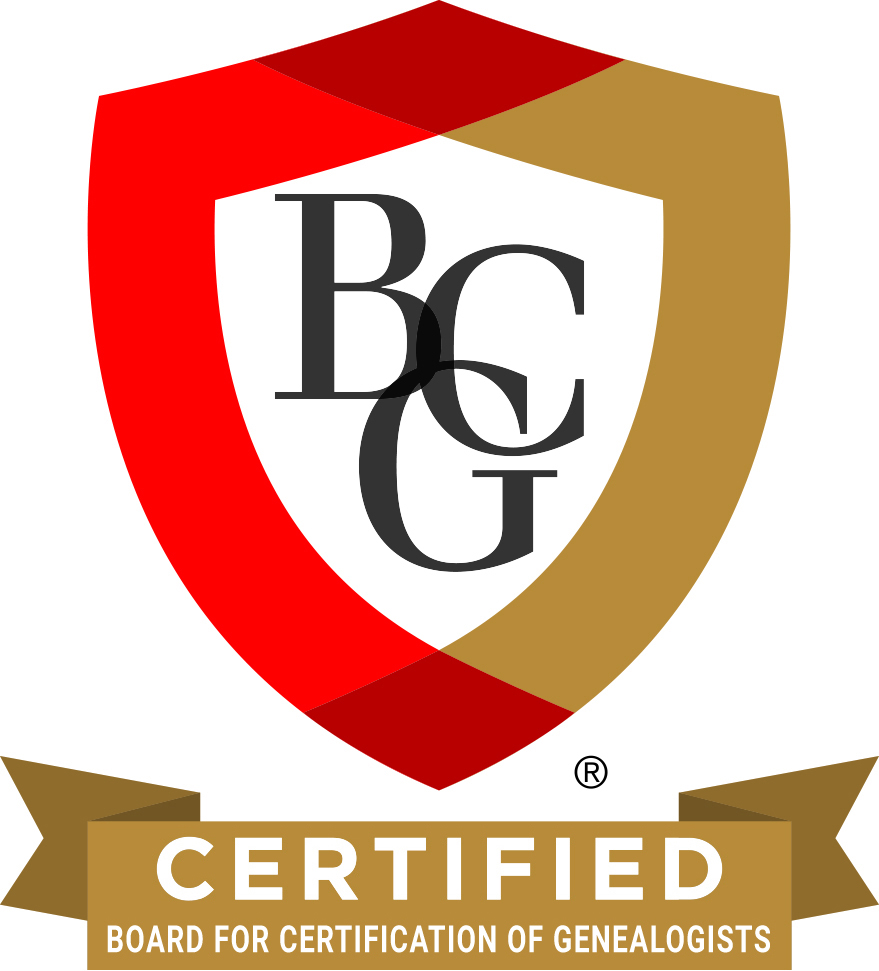
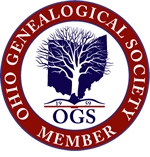

You are welcome!
You're welcome, Karen. I'm still working on this also. Thank you so much for all of your wonderful Mercer County…
Very interesting and great picture (I had neersee before) of the church! Thanks for sharing this, Karen.
Ha! I see why you say that. Your original surname was probably something similar to Schmitt.
Thank you for letting me know.